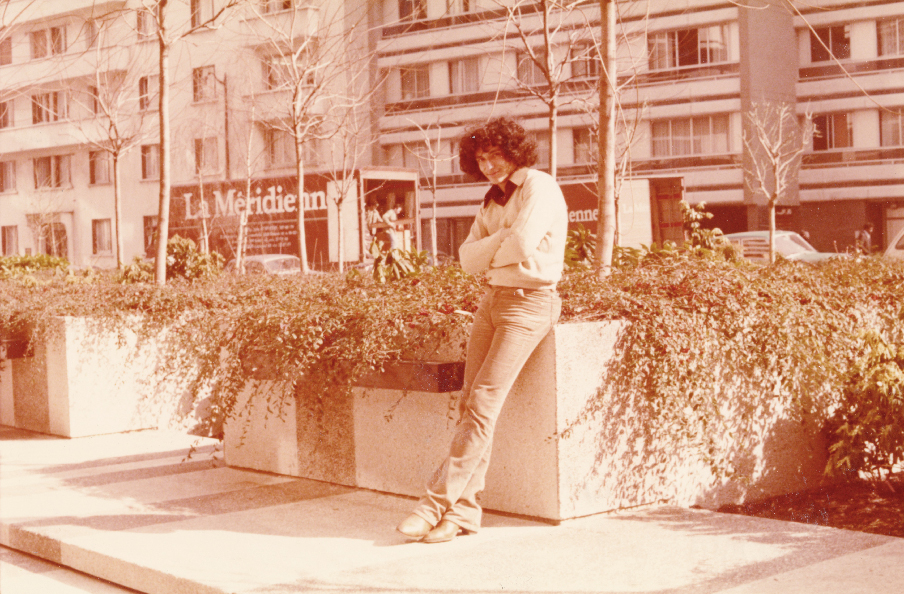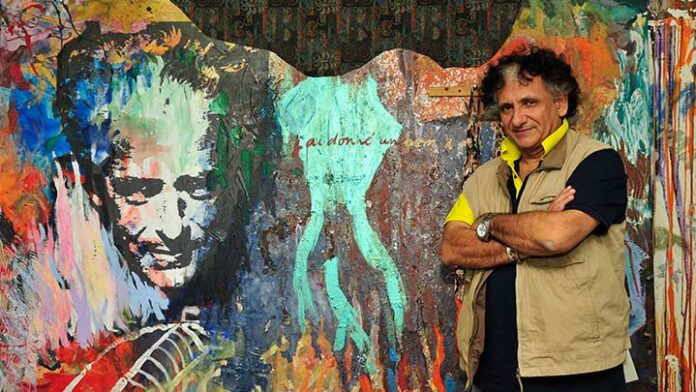An empathetic painting
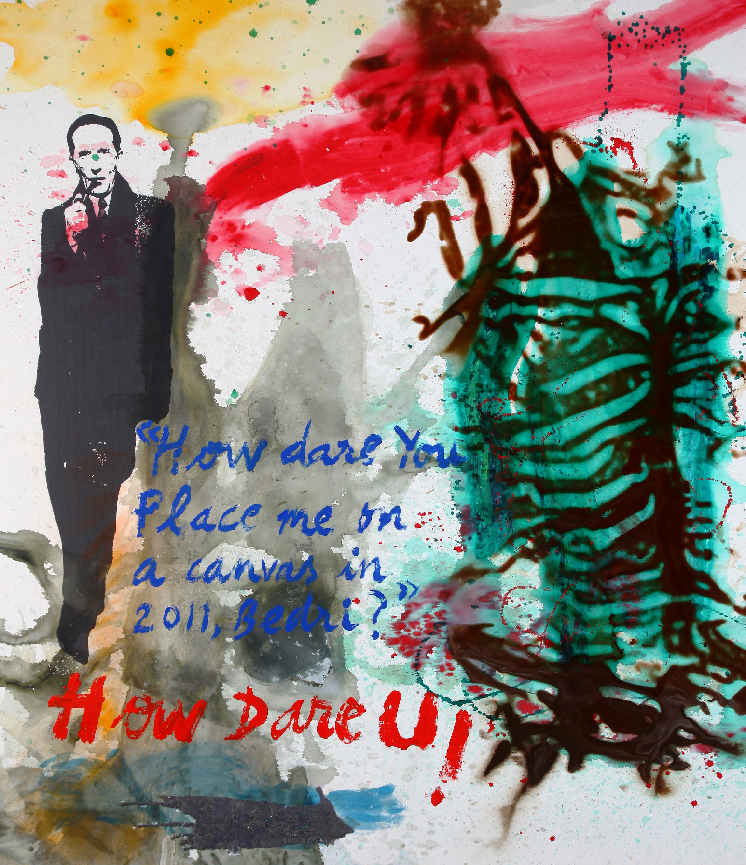
Bedri Baykam’s painting is vital. Indeed, it is life in itself, a pure and plain state of mind. You enter the story, and you do not leave it until after imagining yourself not really contemplating it, but inside it, among its protagonists. Only then, eventually, you realize that you have been engulfed, encapsulated.
It is a similar experience to Edvard Munch’s, but at the same time an absolutely different one. The Norwegian painter catches you thanks to an atmosphere made up of landscape’s energies that spread regardless of the morphologic features of that landscape.
Actually, these energies are really active in the name of Einfühlung, of a unique common inspiration, of a true experience of empathy. So, you enjoy intimately and deeply. With Bedri you will enjoy later, after having experienced a collective performance, in which you have felt yourself as an integral part of a community.
Plastic realities
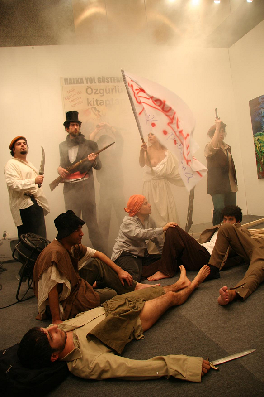
That’s also because the protagonists are not purely celebrated, they are instead grasped in the middle of their happening. And there is no doubt that, with his vitalism and energetism, Bedri transfers Fluxus and Allan Kaprow’s initiatory happening into his own painting. But with a very interesting surprise. The happening does not assume history, Bedri does.
The happening is an existential experience, and this is worth for Bedri, too. The artist doesn’t aim at embodying this experience into a two-dimensional condition, by “representing” it, let alone by “presenting” it and purifying it of its vital drive. Bedri turns that allusive, even spatial condition, into a real field of action.
Sometimes color, multimedia, brushstrokes of varying intensity and photography and virtuality even in 4D are docile means at the service of his body-mind in a hyperactive state which embodies in a real space with the whole of an endless expressive force and its rare beauty and concreteness.
Hence a plasticity both unstable and solid: solid in its surprising articulation. A rebellious plasticity that defines its messages fully respecting Bedri’s libertarian drive, up to moments of a wink at a sort of unprecedented classicism, especially in the iconographic reinterpretations which the artist really loves.
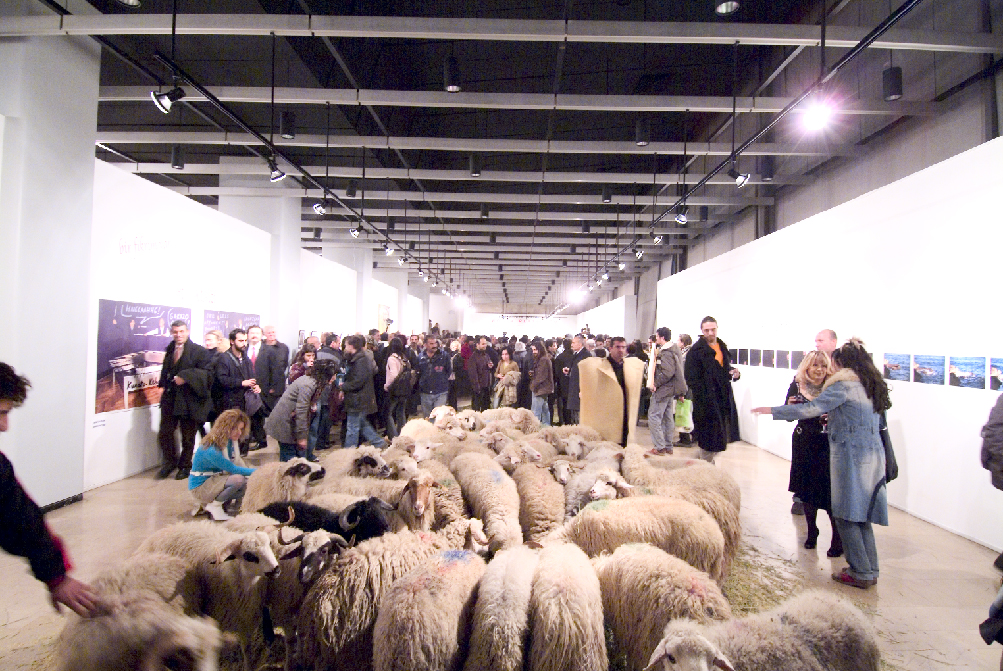
Beyond art
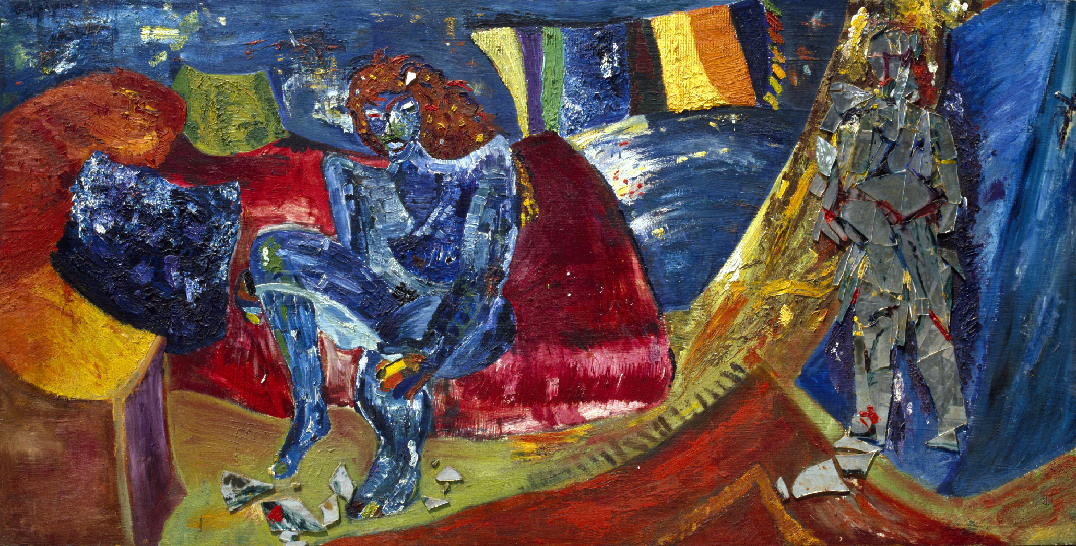
Very precocious in his push towards art, Bedri gave it a poetic structure and substance of high level where the strongly artistic atmospheres he lived in Oakland and Paris merge. So the happening and the action that animate his works come from a direct experience and not from a narrated one.
Leading artist, leading intellectual. Not only in the field of art, but also in the social field, and in civil and political battles.
Activism and education go hand in hand, strengthening rapidly between the five years spent in Paris (he graduated from the Sorbonne university) and the seven years in California. Also Bedri strengths his commitment to art in public life and in social events and political activism in Turkey where he returns in 1987. He exhibited in official museums all over the world while writing for papers, magazines and books.
He is also the author of The Bone, an allucinated and shiny novel which provides us with amazing insights into our time, intertwined jolts, overlapping themes and characters, up foreseeing – with about a year in advance – the tragedy of the Twin Towers.
Author of films and videoart, he plaid sometimes the role of a leading actor. President of the Turkish Plastic Arts Association connected with the International Association of Art (IAA), as an official partner of UNESCO, he is a deeply committed intellectual, capable of a very special original and strong ideas in international affairs, and not only in his country. A great example of an explosive research in art, a great new-style example of commitment in society.
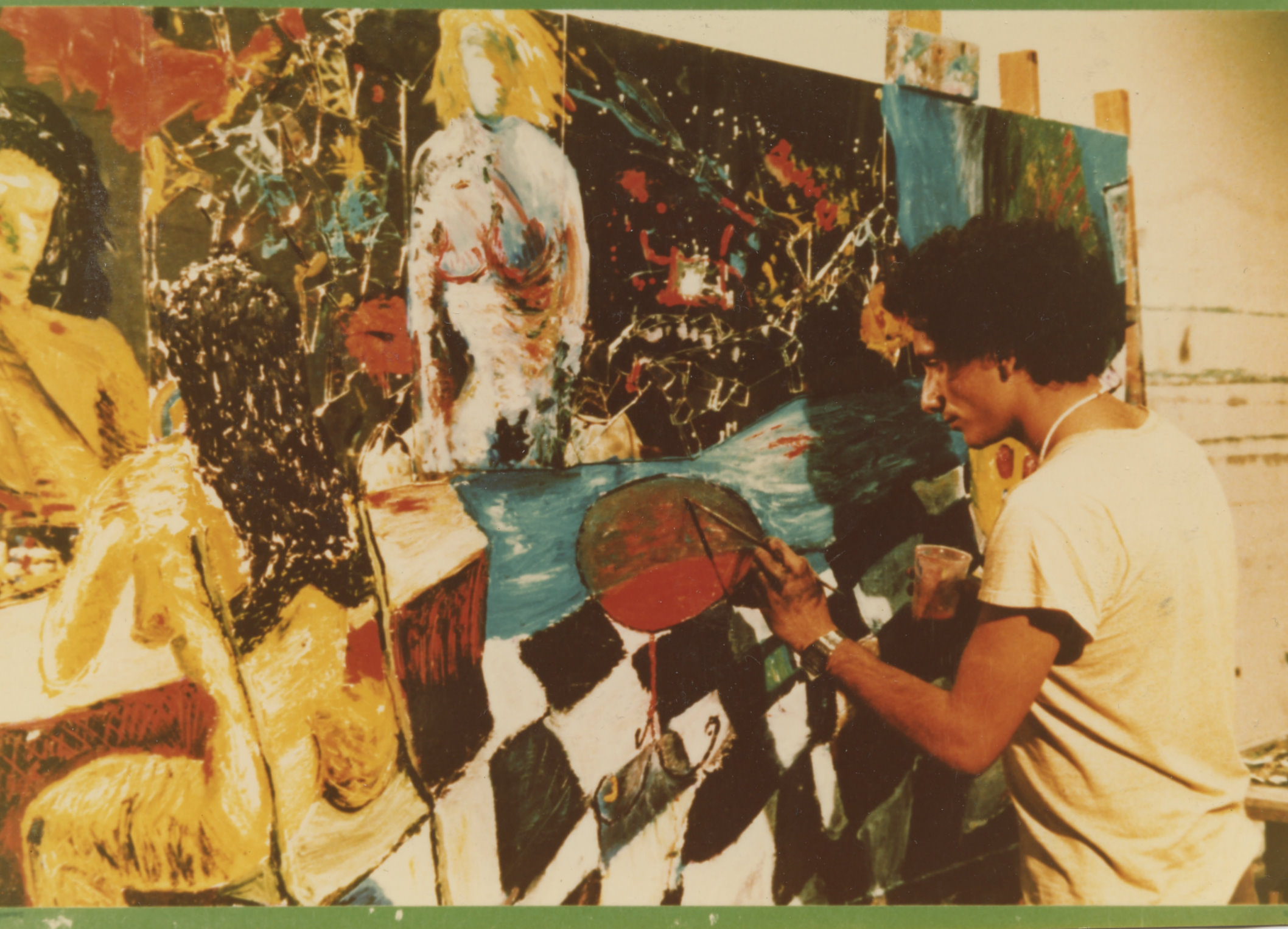
Bedri Baykam
Early years and education
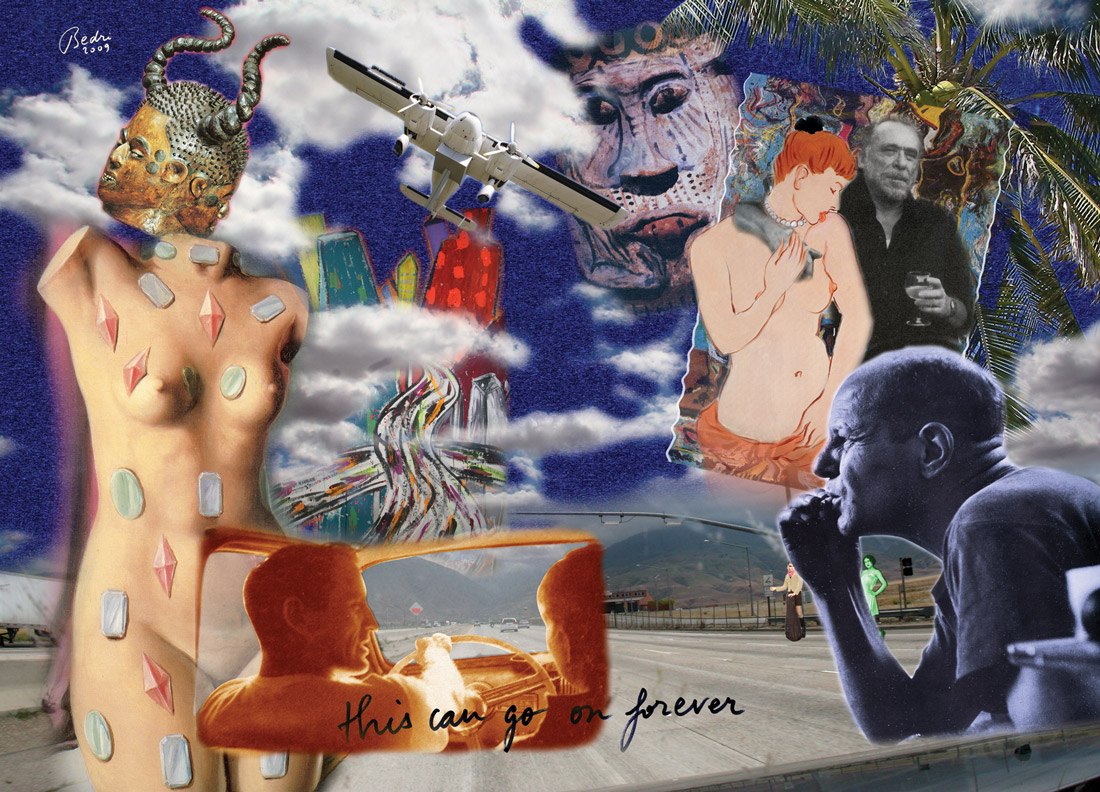
Born in Ankara in 1957. Baykam is one of Turkey’s internationally most well-known artists and intellectuals. He has had international exhibitions since the age of six until today in Bern, Geneva, New York, Washington, Paris, London, Rome, Munich, Frankfurt, Stockholm, San Francisco, Monaco, Cannes, Berlin to name a few.
He studied at the Sorbonne University in Paris from 1975 to 1980 and got MBA degree. During this time, he also studied drama in L’Actorat, Paris. He lived in California during the years 1980-1987, studied painting and filmmaking at the California College of Arts and Crafts, (CCAC) in Oakland. He has had several shows in New York, California and Paris. He returned to Turkey in 1987 and has been living in Istanbul since.
Exhibitions
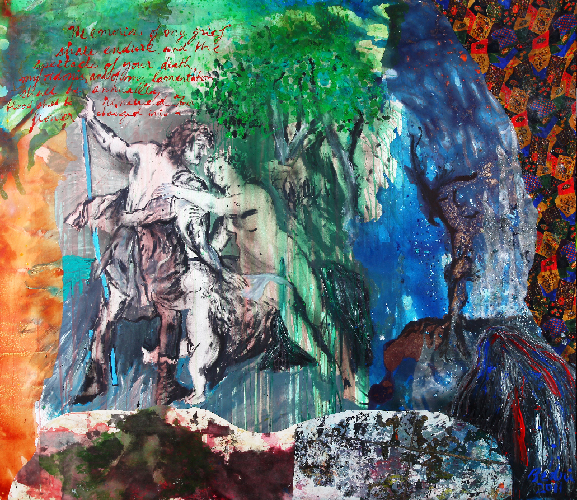
He has had almost 150 one-man-shows in various countries in addition to participating to numerous group shows. His works have been shown in museums in Berlin (Akademie der Künste), Barcelona (Picasso Museum), Paris (Roland-Garros Museum), Pinacothèque de Paris, Stedelijk Schiedam Museum in Holland, Museum der Moderne Salzburg, Osthaus Museum Hagen, Künstlerhaus Bethanien Berlin, Bahrain National Museum and in Biennales such as Cairo, Venice, İstanbul and Buenos Aires. Among the private galleries: Daniel Templon, Stephen Wirtz, Yahşi Baraz, The Proposition, E.M. Donahue, Lavignes-Bastille, Opera Gallery.
Baykam is one of the pioneers of New-Expressionism in the early 80s and of multi-media, political art. He has directed several 16 mm films and videos and has acted in several parts in feature films. He is the author of 30 printed books, two feature film scripts and there are more than 50 catalogs and 8 books about his works.
He is the co-founder and actual President of Uluslararası Plastik Sanatlar Derneği (UPSD-Turkish Plastic Arts Association which is a member of International Association of Art (IAA) –official partner of UNESCO). Baykam was also elected as the World President of the International Association of Art at 18th General Assembly in Plzen in 2015, with his term lasting till 2021.
Recent commitment
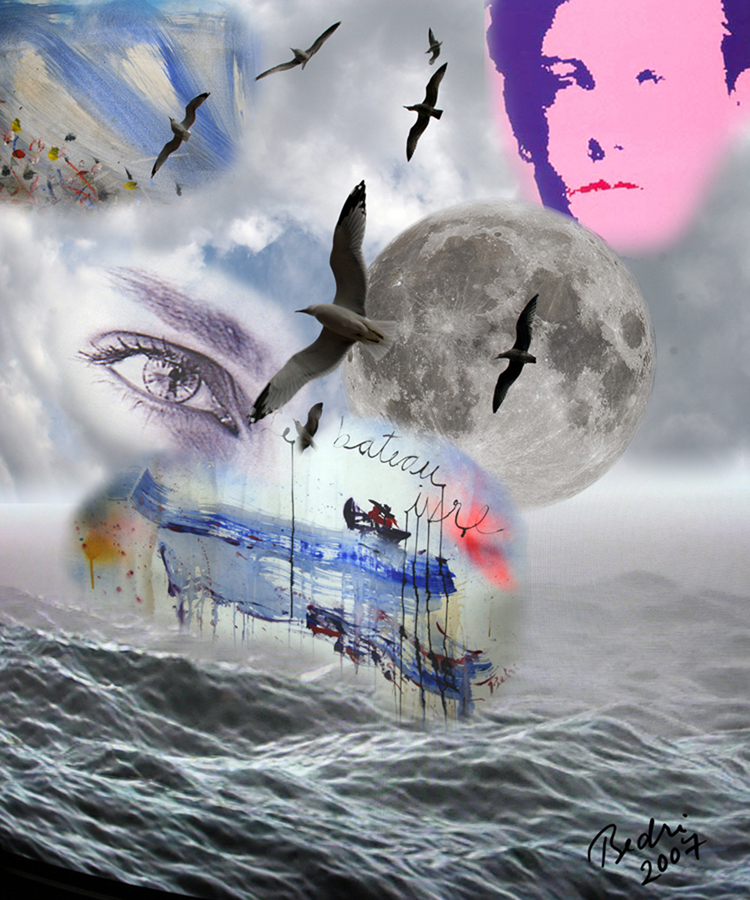
In 2011, Baykam’s proposal for starting a World Art Day o n the occasion of the near 500 birthday of Leonardo da Vinci, was accepted unanimously by the participant countries, during the 17th General Assembly of IAA World in Guadalajara/Mexico. Since then every year a growing number of artists associations in several countries are celebrating “World Art Day”, with several art forms harmoniously blending together.
Baykam has been a columnist for several Turkish publications such as Tempo, Siyah-Beyaz, Aydınlık, Akşam and OdaTv among others. He currently writes for Cumhuriyet. He is one of the central characters of the artistic and political milieu in Turkey. He was a Party Assembly Member of CHP, the Turkish Social Democrats, in the second half of the 90s and a Presidential candidate for the same Party in 2003.
He is the founder of Piramid Publishing (1998) and Piramid Sanat (2006-art center) in Taksim Square, in Istanbul, one of the most active and independent spots in Turkish contemporary art.
